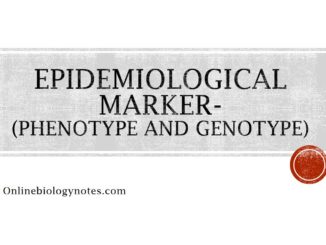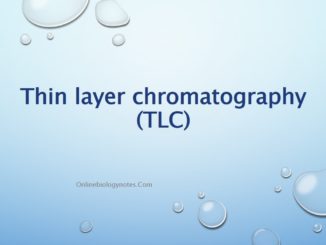
Prion disease (an infectious protein)
What are prions? Prions are unusual proteinaceous infectious particles that cause a group of universally fatal neurodegenerative disease called the spongiform encephalopathies by an entirely […]

What are prions? Prions are unusual proteinaceous infectious particles that cause a group of universally fatal neurodegenerative disease called the spongiform encephalopathies by an entirely […]

Introduction: A large number of substances are unknown which can absorb ultraviolet or visible light energy. But these substances lose excess energy through heat through […]

Outbreak investigating involves a procedure to identify the causative agents of the disease, people infected, the circumstances and mode of transmission of the disease. It […]

Introduction First developed by Martin and Syange in 1941, illustrated the technique for the separation of amino acids. Their basic was to use liquid phase […]

Introduction: Urea is the chief nitrogenous waste formed during protein metabolism in man. It is devised principally from the amino groups of amino acids. Liver […]

Typing is the integral part of epidemiological investigation. It is the method of identification of organism upto the strain level (origin). Two broad categories: Phenotypic […]

Public health surveillance: Public health surveillance is the systematic process of data collection, analysis, and interpretation with the routinely dissemination of these data to concern […]

Principle of thin layer chromatography It is similar to paper chromatography except that a thin (0.25mm) layer of some inert material such as Al2O3, MgO, […]

Introduction For all practical purposes, glucose is the only sugar that is present in the blood. Glucose is absorbed by the body cells and is […]

Introduction: Lipids are organic substances that contain mostly carbon and hydrogen and some oxygen. A number of lipids also contain nitrogen and phosphorus. Lipids in […]
Copyright © 2024 | WordPress Theme by MH Themes